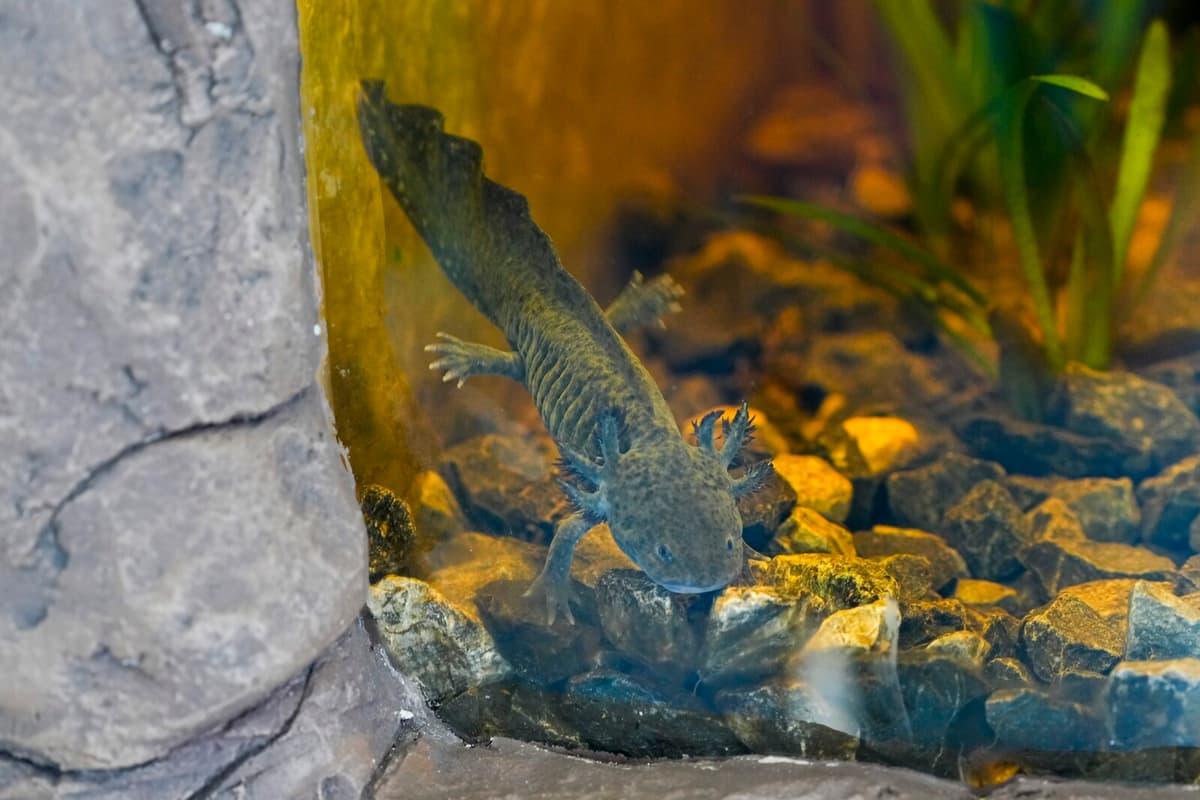Researchers at Autonomous University of Baja California have tracked 18 axolotls that were released into Mexican waterways in 2017 and 2018.
Animals raised in captivity lose natural behaviors, and researchers were worried about how the axolotls would fare. It went beyond expectations, says research leader Alejandra Ramos to NPR.
Those we caught had gained weight. That means they're doing really, really well. They hunted, they ate, and they avoid predators. It's big.
Especially pleasing is that the released axolotls have fared well in restored wetlands.
The small smiling salamander is loved worldwide and appears as a toy and in games like Minecraft. But the axolotl is and it is believed that there are between 50 and 1,000 adult wild-living individuals.
For Alejandra Ramos, the work of saving the axolotl is more than just research.
For Mexicans, they are part of our culture, a part of our history. That makes them very special for us.
The study has been published in the journal Plos One.
The axolotl is a type of amphibian and belongs to the family of mole salamanders.
Axolotls become sexually mature without undergoing metamorphosis. Therefore, they retain their gills and always look like juveniles.
The axolotl can regenerate lost body parts, even parts of the spine and brain, which has made them popular among researchers.
In Mexico, the axolotl is a national symbol.





